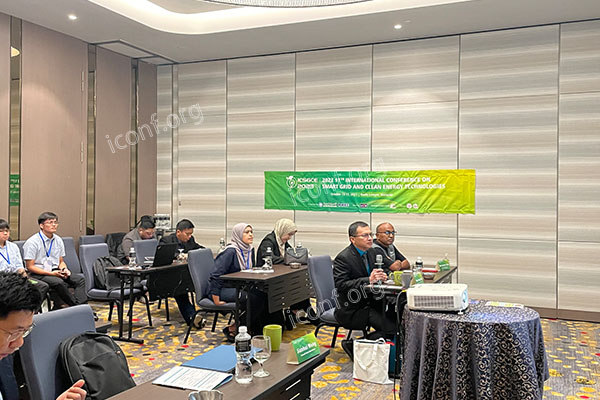In the dynamic field of design, academic conferences serve as vibrant platforms for sharing groundbreaking ideas, innovative methodologies, and creative breakthroughs. Responding to a Design Call for Papers (CFP) offers researchers, designers, and creative practitioners the opportunity to present their work, gain international exposure, and contribute to the evolution of design thinking.

Global Exposure and Recognition
International Audience: Present your research to a global community of design scholars, industry experts, and creative innovators.
Enhanced Academic Profile: Elevate your professional reputation by showcasing your work at leading design conferences.
Fostering Creative Collaboration
Networking Opportunities: Connect with like-minded professionals and potential collaborators who share your passion for design innovation.
Interdisciplinary Insights: Engage in discussions that bridge design with technology, sustainability, and human-centered innovation.
Driving Design Innovation
Showcase Breakthroughs: Share novel design approaches, sustainable practices, or innovative use of technology in design projects.
Influence Trends: Contribute to the future of design by presenting research that challenges conventional thinking and introduces new paradigms.
Thoroughly Review: Carefully read the call for papers to ensure your research aligns with the conference themes, such as product design, urban planning, graphic design, or interactive media.
Follow Specifications: Adhere to formatting, word count, and citation requirements to avoid technical rejections.
Concise and Clear: Summarize your research objectives, methodology, key findings, and implications in a well-structured abstract.
Keyword Integration: Naturally include targeted keywords like “design innovation” and “creative research” to enhance search engine visibility.
Standard Format: Use a logical structure (e.g., Introduction, Methods, Results, Discussion) to present your work clearly.
Visual Elements: Incorporate high-quality images, diagrams, and tables to illustrate your design process and outcomes.
Innovative Contribution: Highlight how your research or design project offers new insights or challenges traditional paradigms in the design field.
Practical Applications: Discuss the real-world implications of your work and its potential to drive creative, sustainable, or user-centric design solutions.
Polished Manuscript: Use professional editing services to ensure clarity and precision, particularly if English is not your first language.
Comply with Guidelines: Strictly follow all submission instructions to ensure a smooth review process.
For designers and researchers aiming to maximize their CFP submissions, iconf.org offers a comprehensive suite of resources:
Curated CFP Listings: Access a wide range of international design conferences and CFP opportunities in one centralized location.
Expert Submission Guidelines: Benefit from detailed tips and best practices that help you prepare a competitive and compelling manuscript.
Global Networking: Connect with a vibrant community of design professionals, academic experts, and industry leaders.
Integrated Resources: Explore high-quality academic papers, design journals, and datasets to support and enhance your research.
Responding to a Design Call for Papers is a strategic step toward sharing your creative innovations and influencing the future of design. By carefully following CFP guidelines, crafting a compelling abstract, and leveraging the robust support available on iconf.org, you can significantly boost your research impact and join a global network of creative professionals.
Take the next step in your academic journey—prepare your submission today and let your innovative ideas transform the design landscape. Visit iconf.org now to explore more resources and unlock new opportunities for academic excellence and collaboration.